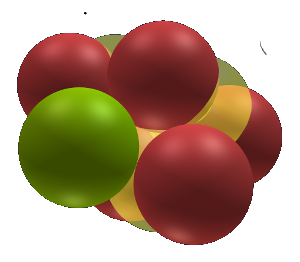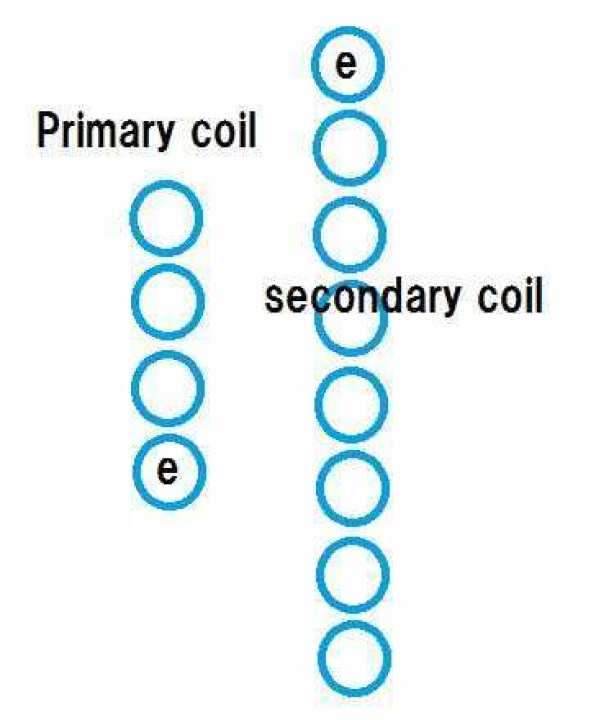When explaining what voltage is in science and electronics, it usually gives an image as if it were electrical pressure, just like water pressure. The same is true for physics, and it is explained that "if V-work is required to move 1 coulomb of charge from point A to point B, the voltage between AB is called V volt" (britannica).
Is the voltage not a thing?
The energy to accelerate by applying 1 V to one electron is 1 eV. Electrons with energy will be running around at high speed. However, orbital electrons inside atoms differ in energy depending on the electron orbitals. Electrons have higher energy levels as they move from the inside to the outside.
The fact that the energy of electrons is high means that the ability to transfer electric charge is increased, that is, the Coulomb force is increased, and therefore, it is strongly attracted to the plus of the nucleus. I think that the electron with higher energy gets closer to the nucleus, but it is not.
By the way, the muon is 105MeV and the pion is 139MeV "mass". In terms of size, it is about four to five times as large as electrons. It is the size in terms of electromagnetic mass, but it is still larger than electrons, so the energy is large. The muon and the pion are considered to be in a state in which the electron has changed its voltage. Is it larger when the voltage is high?
I wrote that the inside of the proton is hollow. It is based on the fact that the size of protons changes and that gamma rays are emitted at neutrino incidence. As gamma rays change in size of protons, the surrounding electric field changes to become gamma rays. The cavity inside the proton is maintained by the repulsive force of the electric field of the surrounding shell. The size of the cavity is the voltage.
For example, when the batteries are connected in series, the voltages are summed and doubled. Even with Faraday's electromagnetic induction, if the winding ratio of the secondary coil with respect to the primary coil is doubled, the voltage generated will be doubled. In the case of a transformer, the secondary coil uses a copper wire twice the length of the primary coil. Then, twice as much free electrons as in the case of applying an AC voltage to the primary coil vibrate on the secondary coil side.
Remember that the propagation of the electric field is a remote effect. The movement of free electrons is transmitted to the next electron, but it travels in an instant regardless of the distance. In other words, it is the same as the state where electrons are adjacent. In the previous section, I assumed that the voltage was not the size of electrons. On the secondary coil side, electrons stacked twice as large as electrons vibrating in the primary coil vibrate.
It is understood from this that voltage is proportional to the size of electrons. However, there is one case. The muon is in the state where the electron is excited. How can the permeability of the muon be explained if the size increases? Originally, electrons are so small that they may pass materials. In general, the electric field of electrons and atoms makes it difficult to get in the way. However, the muon generated by cosmic rays is faster than the speed of light. It is possible to go beyond the constraints of the electric field.
Since the electric field is a remote action, there is no distance between the electrons.
- Log in to post comments


Comments
We use names to identify…
Patrick Donnelly Thu, 2020/11/12 - 17:56
We use names to identify what we think is there. If we can verify the effects, the names stay.
You do not refer to Maxwell's values in his 20 equations. The Heaviside equations are insufficient.